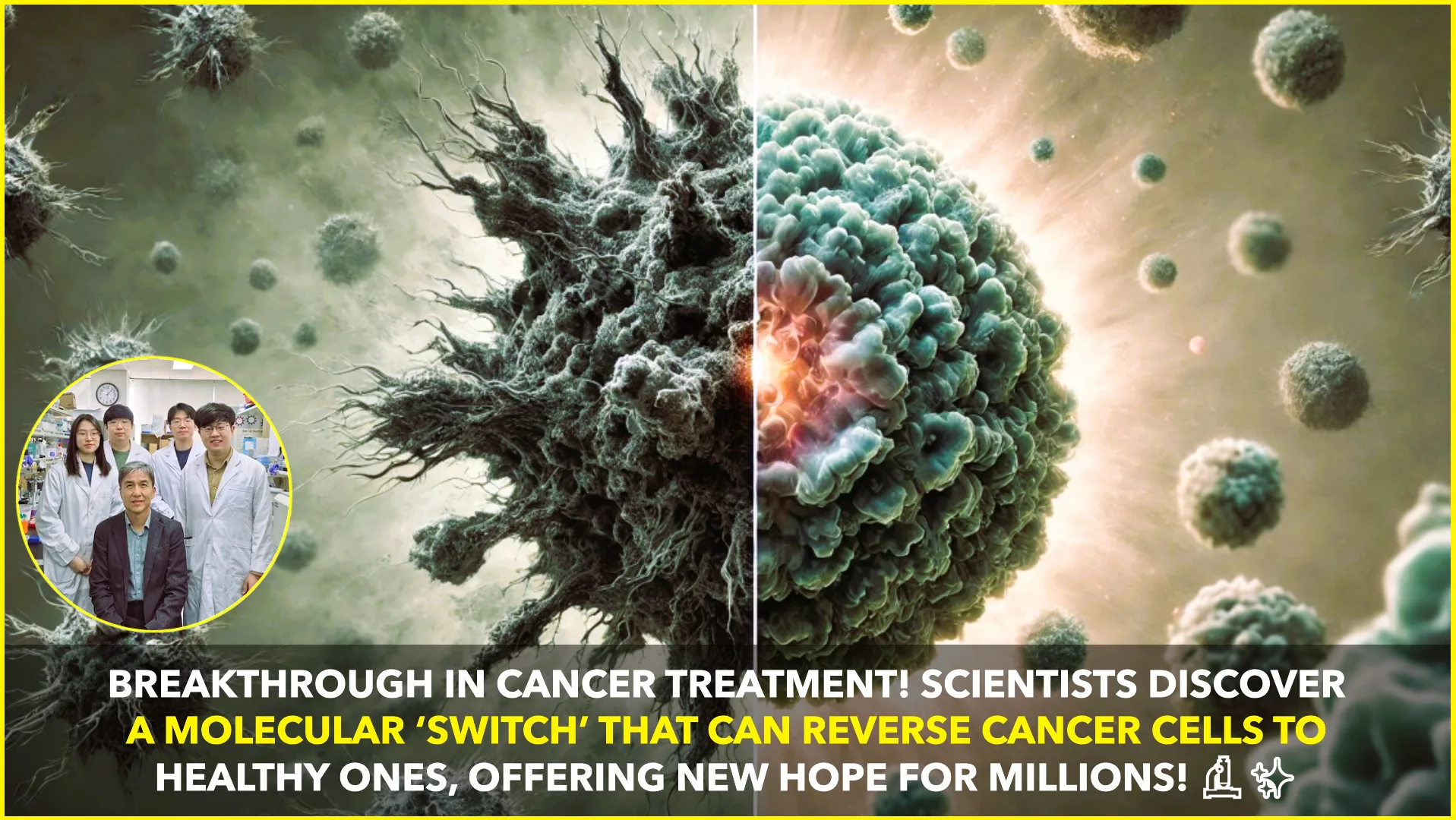In a groundbreaking development, South Korean scientists have identified a molecular mechanism that can transform cancerous cells back into their healthy state. This breakthrough offers new hope for cancer treatment, potentially revolutionizing how the disease is managed and treated in the future.
A Major Breakthrough in Cancer Research
Researchers from a leading South Korean institution have successfully discovered a way to revert cancer cells by activating specific molecular pathways. The study sheds light on how cancerous cells undergo transformation and, more importantly, how this process can be reversed. This finding is considered a major advancement in oncology, as it offers a new approach to halting cancer progression.
For decades, scientists have focused on ways to eliminate cancer cells through chemotherapy, radiation, and immunotherapy. However, these treatments often come with severe side effects and can also damage healthy cells. The ability to revert cancerous cells to a normal state could open a new avenue for treatment, reducing the need for aggressive and toxic interventions.
How the Molecular ‘Switch’ Works
The researchers discovered that certain molecular signals act as a ‘switch’ that determines whether a cell becomes cancerous or remains healthy. By targeting and activating these specific signals, they were able to revert cancerous cells to their pre-disease state.
This discovery is particularly significant because it intervenes at a crucial stage before a normal cell permanently transforms into a diseased cell. The ability to manipulate this process means that scientists could potentially stop cancer from developing in its early stages, preventing the disease before it progresses into aggressive forms.
The research team conducted extensive laboratory experiments on different types of cancer cells, including those related to lung, breast, and colon cancer. The results showed promising outcomes, with the reprogrammed cells displaying characteristics similar to normal, healthy cells.
Implications for Cancer Treatment
If further studies confirm these findings, the implications for cancer treatment could be immense. Current treatments primarily focus on eradicating cancer cells, but this discovery suggests that it might be possible to rehabilitate them instead. This method could minimize damage to surrounding healthy tissues and significantly reduce side effects commonly associated with conventional cancer treatments.
Experts believe that this approach could lead to personalized cancer therapies, where patients are treated based on the specific molecular characteristics of their tumors. Furthermore, by identifying the molecular pathways responsible for cell transformation, scientists could develop new drugs that specifically target these mechanisms, providing a more precise and effective treatment option.
Future Research and Clinical Applications
Although this breakthrough is a significant step forward, more research is needed before it can be applied to clinical treatments. Scientists are now focusing on understanding how the molecular switch operates across different types of cancer and how it can be safely and effectively targeted in human patients.
Clinical trials will be necessary to determine the safety and effectiveness of this approach in humans. Researchers are optimistic that within the next few years, this discovery could lead to innovative therapies that complement or even replace current cancer treatments.
A New Hope for Cancer Patients
The discovery of this molecular switch provides a new perspective on how cancer might be treated in the future. Instead of solely focusing on destroying cancer cells, scientists may now have the ability to restore them to their original, healthy state. This approach could pave the way for more effective, less invasive treatments, offering hope to millions of cancer patients worldwide.
As research continues, the medical community eagerly anticipates further advancements that could transform this groundbreaking discovery into a viable cancer treatment. If successful, this finding could mark a turning point in the global fight against cancer, bringing humanity one step closer to a world where cancer is no longer a life-threatening disease.










